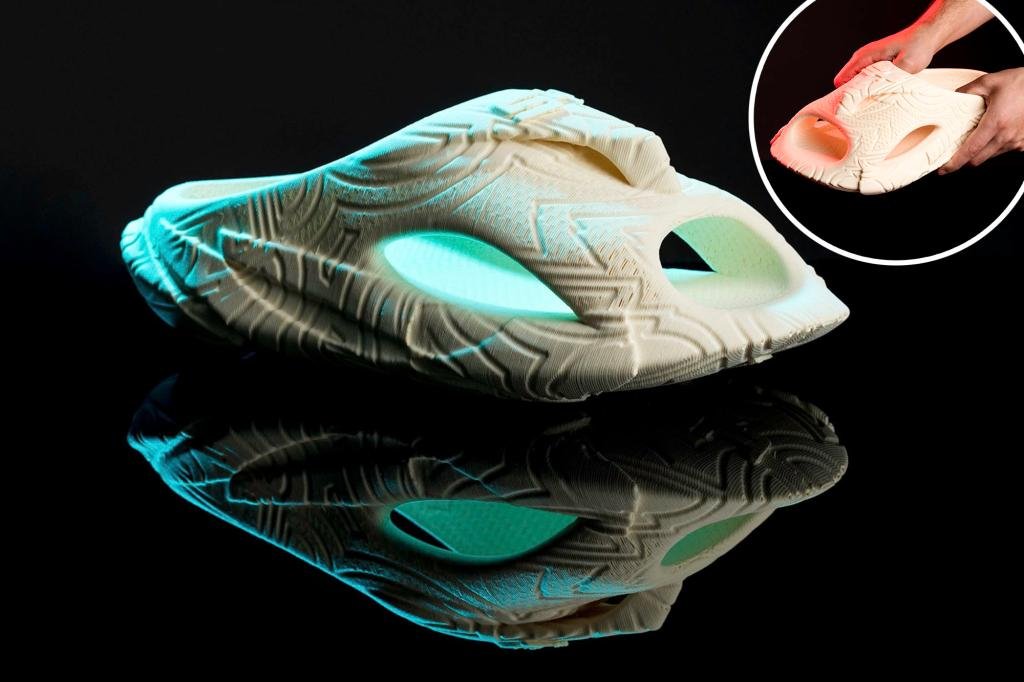The footwear industry is experiencing a groundbreaking transformation as the first AI-designed shoe is now being 3D-printed to match each individual’s unique foot measurements. By integrating artificial intelligence with state-of-the-art 3D printing technology, manufacturers are able to craft footwear that offers an unprecedented level of personalization, comfort, and performance.
The process begins with a detailed scan of the user’s foot, capturing exact dimensions and contours. This data is then processed by advanced AI algorithms, which generate a custom blueprint tailored to the specific needs and characteristics of the wearer. The resulting design not only addresses structural and biomechanical considerations but also reflects modern aesthetic trends, ensuring that the shoe is both functional and visually appealing.
Customization with this technology extends well beyond mere fit. The AI system evaluates various parameters, such as pressure distribution and gait dynamics, to optimize the placement of cushioning and support. This approach aims to alleviate common issues like foot fatigue and discomfort, providing a solution that benefits athletes and everyday users alike. The precision of the 3D printing process further enhances these benefits by producing complex geometries and intricate patterns that traditional manufacturing methods cannot achieve.
In addition to improving the user experience, this innovation introduces a more sustainable model of production. With on-demand manufacturing, the 3D printing process minimizes material waste and reduces energy consumption compared to conventional mass production. This not only supports eco-friendly practices but also allows for rapid iteration and immediate incorporation of user feedback, fostering continual refinement in design and functionality.
The convergence of AI and 3D printing in footwear marks a significant shift in the industry. Early adopters of this technology have expressed enthusiasm about the potential for truly customized products, while industry observers note that such advances could pave the way for broader applications in consumer goods. As more brands explore the possibilities of personalized design and sustainable manufacturing, the landscape of product development is set to evolve in exciting and unpredictable ways.
Disclaimer: This article has been manually and complies with all applicable Google policies. The insights provided herein are based on current public information and are intended solely for informational purposes. They do not represent official advice or commentary regarding the technology discussed.
